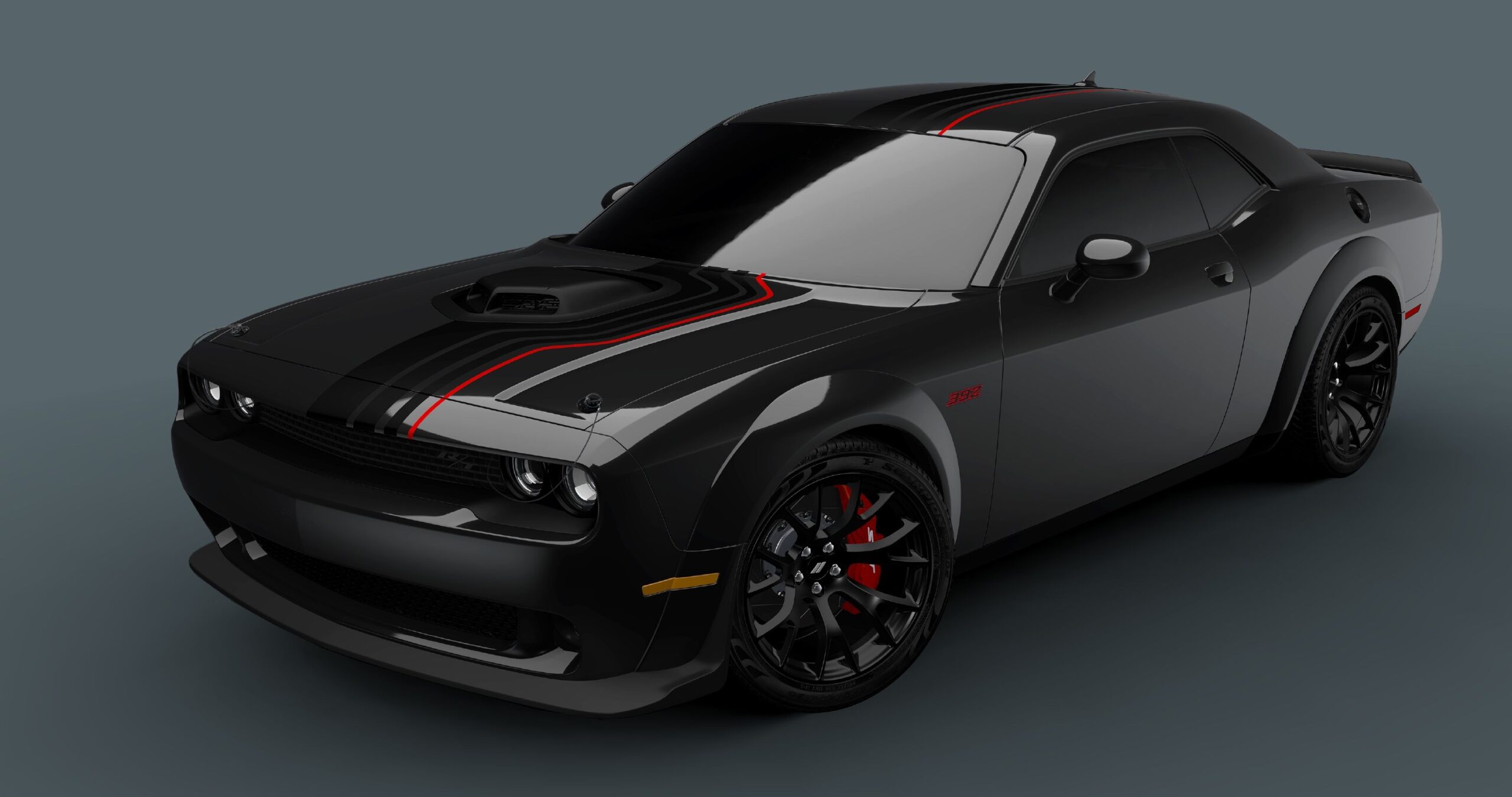Sports Mode: Complete Guide to Performance Driving Features
Understand sports mode in modern vehicles
Sports mode represent one of the virtually popular performance feature in today’s automobiles, transform ordinary driving into an engaging, dynamic experience. This drive mode basically alters how your vehicle respond to inputs, prioritize performance and driver engagement over fuel economy and comfort.
When you activate sports mode, your car’s computer systems work unitedly to deliver sharper acceleration, more responsive handling, and an overall more athletic drive character. The feature has become standard across many vehicle segments, from compact cars to luxury SUVs, make performance drive accessible to a broader range of drivers.
How sports mode work
Sports mode operate by modify multiple vehicle systems simultaneously through the engine control unit and other electronic modules. The primary changes occur in throttle mapping, transmission behavior, suspension settings, and steer response.
The throttle become more sensitive to pedal inputs, mean smaller movements of your right foot produce more immediate acceleration. This enhanced responsiveness create a direct connection between driver intention and vehicle reaction, eliminate the lag oftentimes present in normal driving modes.
Transmission programming shifts to hold gears longsighted, allow the engine to reach higher rpm before uunshifted This keeps the engine in its power band, where torque and horsepower output remain optimal for performance drive. Downshiftsto occurr more sharply, provide engine brake and maintain power availability.
Electronic system modifications
Modern vehicles rely heavy on electronic systems, and sports mode adjust these components to enhance performance. Stability control systems become less intrusive, allow for more spirited driving while maintain safety margins. Some vehicles reduce power steering assistance, provide more road feel and feedback through the steering wheel.
Engine management systems may adjust fuel delivery, ignition timing, and turbocharger boost pressure to maximize power output. These modifications work within safe operating parameters while extract additional performance from the powertrain.
Physical changes during sports mode activation
Vehicles equip with adaptive suspension systems undergo noticeable physical changes when sports mode engage. Dampers stiffen to reduce body roll during corner, create a more plant feel and improved handling precision. Springs may too adjust their rates electronically, lower the vehicle’s center of gravity.
Exhaust systems with variable valves open to produce a more aggressive sound, enhance the auditory experience of performance drive. This sound change serve both psychological and practical purposes, provide audio feedback about engine performance while create excitement.
Some high-end vehicles feature active aerodynamics that deploy in sports mode. Rear spoilers extend, front air dams adjust, and other aerodynamic elements move to optimize airflow for high speed stability and downforce generation.
Interior adjustments
The cabin environment to transform in sports mode. Instrument clusters oftentimes change color schemes, typically shift to red or orange themes that emphasize performance. Additional gauges may appear on digital displays, show boost pressure, oil temperature, or g forces.
Seat bolsters in premium vehicles may inflate or adjust to provide better lateral support during corner. Climate control systems might reduce their operation to minimize engine load, direct maximum power to the wheels.

Source: computerweekly.com
When to use sports mode
Sports mode prove virtually beneficial during spirited driving on wind roads, highway on ramps, or track days. The enhanced throttle response and transmission behavior make overtake maneuvers safer and more confident by provide immediate power when needed.
Mountain driving represent an ideal scenario for sports mode activation. The mode’s tendency to hold lower gears provide excellent engine brake on descents while maintain power for climbs. The stiffer suspension settings to improve handle on twisty mountain roads.
Highway merging become more effortless with sports mode engage. The immediate throttle response and optimize gear selection allow drivers to match traffic speeds speedily and safely, reduce the stress of enter busy highways.
Track and performance drive
Racetracks and closed course events showcase sports mode’s full potential. The combination of reduce electronic intervention, optimize suspension settings, and aggressive powertrain tuning create an environment where drivers can explore their vehicle’s capabilities safely.
Autocross events benefit importantly from sports mode activation. The quick direction changes and acceleration zones common in autocross courses align absolutely with sports mode’s tuning philosophy, provide competitive advantages through improve vehicle dynamics.
Situations to avoid sports mode
Everyday commute in heavy traffic negates most benefits of sports mode while increase fuel consumption. The aggressive throttle mapping make smooth drive more challenging in stop and go conditions, potentially create a jerky driving experience.
Poor weather conditions warrant caution when use sports mode. Reduced traction control intervention and stiffer suspension settings can make vehicles more challenging to control on wet or icy surfaces. The enhanced performance come at the cost of some safety margins that prove valuable in adverse conditions.
Fuel economy suffer importantly in sports mode due to the aggressive engine and transmission tuning. Long road trips where fuel efficiency matter more than performance represent poor applications for this drive mode.
Mechanical considerations
Extended use of sports mode increases wear on certain components. The higher rpm operation and aggressive shift patterns place additional stress on the transmission and engine. While modern vehicles handle this stress within design parameters, continuous sports mode operation may accelerate normal wear patterns.
Brake systems experience increase thermal stress during spirited driving sessions. Ensure adequate cooling between aggressive driving periods prevent brake fade and extend component life.
Different types of sports modes
Manufacturers implement sports mode otherwise across their lineups. Basic systems focus mainly on throttle and transmission adjustments, while advanced implementations modify dozens of vehicle parameters simultaneously.
Some vehicles offer multiple performance mode beyond a simple sports setting. Track modes provide level more aggressive tuning for circuit driving, while individual modes allow drivers to customize specific parameters to their preferences.
Luxury performance vehicles oft include launch control systems activate through sports mode menus. These systems optimize traction and power delivery for maximum acceleration from standstill, though they require specific activation procedures and ideal surface conditions.
Manufacturer specific implementations
German manufacturers typically emphasize precision and control in their sports mode programming. The focus centers on predictable handling characteristics and linear power delivery that build driver confidence during performance driving.
American muscle cars frequently prioritize raw power and dramatic character changes in sports mode. Exhaust notes become more aggressive, and throttle response borders on immediate, create an exciting but sometimes challenging drive experience.
Japanese sports mode implementations oftentimes balance performance with reliability, provide meaningful improvements while maintain the durability expectations associate with these brands.

Source: discover.hubpages.com
Technology behind sports mode
Modern sports mode systems rely on sophisticated computer networks that communicate across multiple vehicle modules. The engine control unit serve as the primary coordinator, send signals to transmission controllers, suspension modules, and other systems.
Real time data processing allow these systems to adjust parameters incessantly base on drive conditions and inputs. Accelerometer data, steer angle sensors, and throttle position information combine to create a comprehensive picture of driver intentions.
Machine learn algorithms in advanced vehicles adapt sports mode behavior to individual driving styles over time. The system learn preferred shift points, throttle sensitivity, and other parameters to create a personalized performance experience.
Future developments
Artificial intelligence integration promise yet more sophisticated sports mode implementations. Predictive systems may adjust vehicle settings base on upcoming road conditions detect through GPS data and cameras.
Connectivity features allow some vehicles to download track specific settings when visit race circuits. These cloud base configurations optimize vehicle setup for particular tracks base on data from other drivers and professional racers.
Maintenance considerations
Vehicles oftentimes operate in sports mode may require more frequent maintenance intervals. Engine oil changes become more critical due to higher operating temperatures and increase stress on lubrication systems.
Transmission fluid and differential oil should receive attention in vehicles regularly use for performance driving. The increase heat generation and aggressive operation accelerate fluid degradation, require more frequent service.
Tire wear patterns may change when sports mode see regular use. The improved grip and handle characteristics frequently lead to more aggressive cornering, increase tire wear rates and potentially create uneven wear patterns.
Monitoring vehicle health
Performance drive generate valuable data about vehicle condition. Monitor oil temperatures, coolant temperatures, and other parameters during sports mode operation helps identify potential issues before they become serious problems.
Many modern vehicles include performance pages in their infotainment systems that display real time data during sports mode operation. These displays help drivers understand their vehicle’s capabilities while monitor important operating parameters.
Get the most from sports mode
Understand your vehicle’s specific sports mode implementation maximize the feature’s benefits. Read the owner’s manual reveal incisively which systems change and how they affect drive dynamics.
Gradual exploration of sports mode capabilities build confidence and skill. Start with familiar roads and increasingly challenging drive situations allow drivers to learn their vehicles enhance capabilities safely.
Professional driving instruction can unlock sports mode’s full potential while improve safety margins. Many race schools offer courses specifically design for street cars with performance modes, teach proper techniques for enhance vehicle dynamics.
Regular practice in control environments develop the skills necessary to use sports mode efficaciously. Empty parking lots, autocross events, and track days provide safe venues for explore performance drive techniques.
Sports mode represent a significant advancement in automotive technology, democratize performance drive and make it accessible to everyday drivers. When use befittingly, this feature transforms ordinary vehicles into engage, capable performance machines that provide years of drive enjoyment while maintain the practicality expect from modern automobiles.


